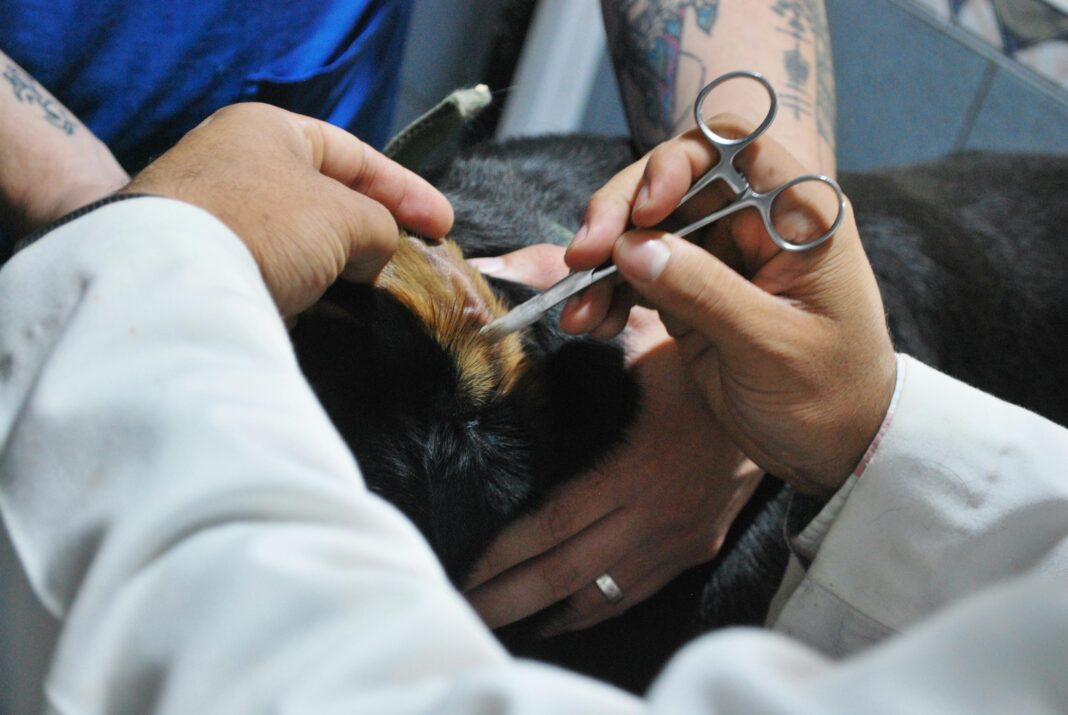Keeping our furry friends happy and healthy involves more than just a good diet and regular vet visits. Ensuring they are free from pests like fleas and ticks is crucial for their overall well-being. This guide will provide pet owners with the necessary information on the causes, symptoms, diagnosis, treatment, and prevention of fleas and ticks in pets.
Understanding Fleas and Ticks
What Are Fleas and Ticks?
Fleas are tiny, wingless insects that feed on the blood of mammals and birds. They can jump significant distances and reproduce at an alarming rate, making them a common nuisance. Ticks, on the other hand, are arachnids that attach themselves to the skin of animals and humans to feed on blood. Both pests pose serious health risks to your pets and can lead to various diseases.
Causes of Infestation
Fleas and ticks often thrive in warm, humid environments. They can be introduced to your home through:
-
- Other Animals: Pets that go outside or come into contact with other infected animals are at a higher risk.
-
- Outdoor Environments: Parks, forests, and grassy areas are prime habitats for these pests.
-
- Indoor Clutter: Fleas can live in carpets, rugs, and furniture, laying eggs that hatch and breed.
Identifying the Symptoms
Signs of a Flea Infestation
Fleas can be hard to detect, but some common signs include:
-
- Excessive Scratching: If your pet is scratching more than usual, it could be a sign of fleas.
-
- Flea Dirt: Look for tiny black specks (flea dirt) in your pet’s fur or bedding.
-
- Hair Loss: Flea allergies can result in bald patches on your pet’s skin.
Signs of a Tick Infestation
Ticks can be more visible than fleas, so watch for:
-
- Visible Ticks: Look for small, dark spots on your pet’s skin, particularly in hidden areas like behind the ears or between toes.
-
- Lethargy and Loss of Appetite: Ticks can transmit diseases that affect your pet’s overall health, leading to low energy and decreased appetite.
-
- Swelling: A tick bite may cause localized swelling or irritation.
Diagnosing Flea and Tick Infestations
If you suspect that your pet has fleas or ticks, a visit to the veterinarian is advisable. They may:
-
- Perform a Physical Examination: Vets are trained to spot signs of infestations and can check for flea dirt and ticks more effectively.
-
- Conduct Tests: Blood tests may be necessary to rule out diseases transmitted by ticks, such as Lyme disease or ehrlichiosis.
Treating Flea and Tick Infestations
Flea Treatments
-
- Topical Treatments: Medications like Frontline or Advantage are applied directly to your pet’s skin. They often kill adult fleas and prevent new ones from infesting.
-
- Oral Medications: These can provide quick relief and are typically taken once a month.
-
- Flea Collars: These collars can repel and kill fleas, providing ongoing protection.
Tick Treatments
-
- Removal: If you find a tick, remove it carefully with tweezers. Grasp the tick as close to your pet’s skin as possible, pulling it straight out.
-
- Topical Treatments: Similar to fleas, topical medications for ticks are effective in killing and repelling them.
-
- Vaccines: Some vets recommend vaccinations for certain tick-borne diseases.
Preventing Fleas and Ticks
Regular Treatment
Routine preventive treatments are essential. Consult your veterinarian to determine the best options for your pet’s size, age, and lifestyle.
Regular Grooming
Grooming your pet not only keeps their coat healthy but also helps you check for signs of fleas and ticks. Use a flea comb to capture fleas and dirt during grooming sessions.
Keeping Your Home Pet-Friendly
-
- Vacuum Frequently: Regularly vacuum carpets, rugs, and furniture to eliminate any eggs or larvae. Dispose of the vacuum bag promptly.
-
- Wash Pet Bedding: Clean your pet’s bedding at least once a week to prevent any pest buildup.
-
- Limit Outdoor Access: Monitor outdoor playtime, especially in tall grass or wooded areas, where fleas and ticks are more prevalent.
Yard Maintenance
Keep your yard clear of debris and well-maintained:
-
- Mow Your Lawn Regularly: Short grass reduces tick habitats.
-
- Trim Shrubs and Bushes: This helps keep flea and tick populations down.
-
- Create a Barrier: Consider using gravel or wood chips as a barrier to deter pests.
Natural Repellents
Some pet owners prefer natural options. Essential oils like lavender, peppermint, and eucalyptus can deter fleas and ticks. However, always consult your veterinarian before using essential oils, as some can be toxic to pets.
Conclusion
By understanding fleas and ticks, identifying symptoms, and implementing effective treatments and preventative measures, you can keep your beloved pets safe and healthy. Remember, a proactive approach is key to ensuring a pest-free environment for your furry friends.





